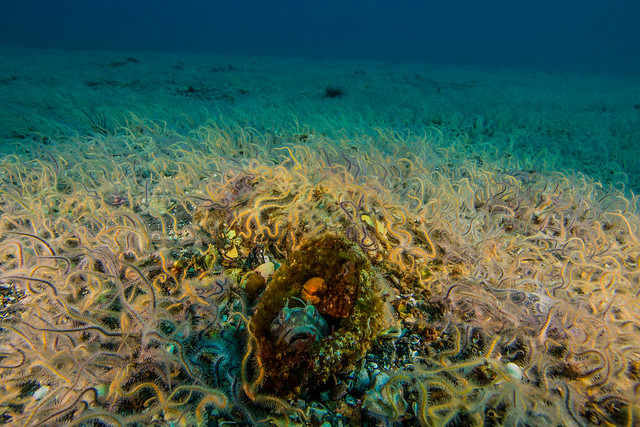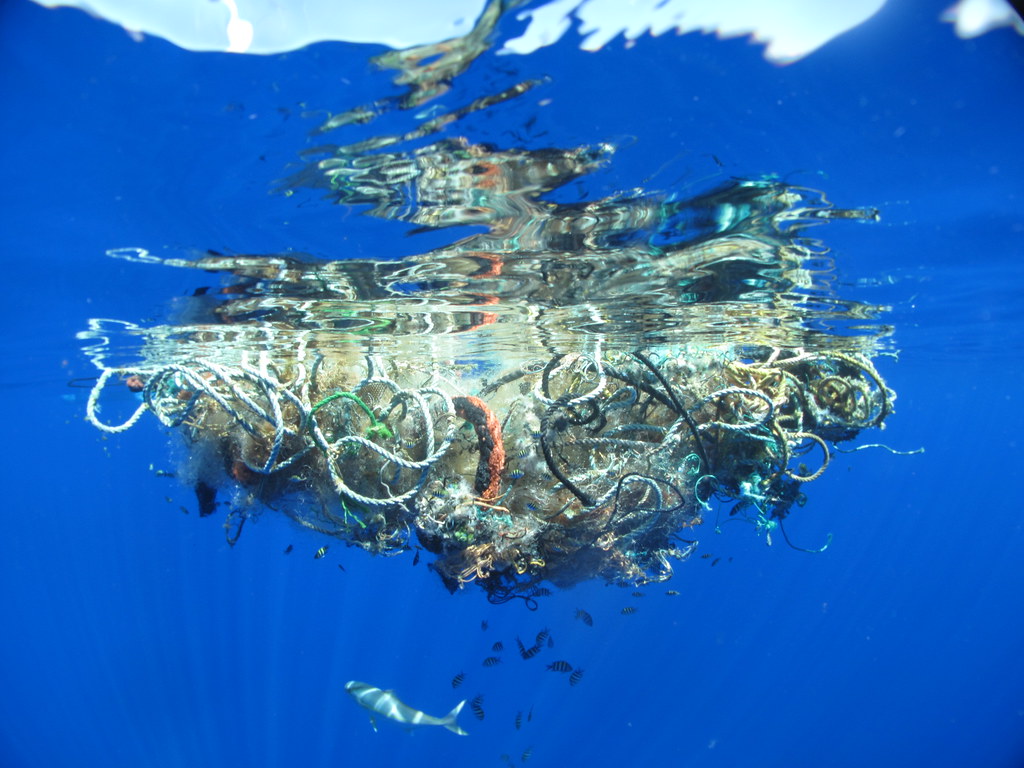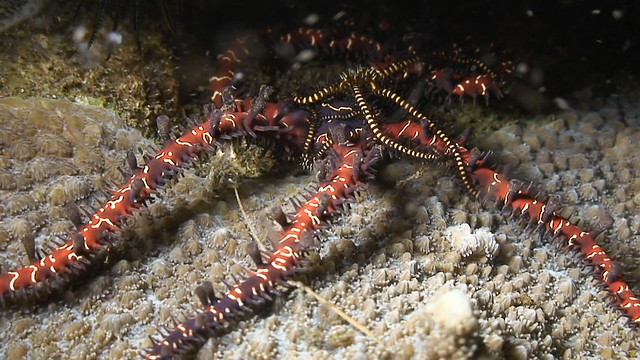When I started writing this blog back in 2008, one of the biggest questions I had was whether or not the blog would have ANY sort of impact on my primary studies in starfish diversity and evolution.
How could something that I thought would essentially be only an educational platform benefit my research???
So, the paper's primary focus was on the family Poraniidae, which is a small but unusual group of cold-water starfishes which have kind this weird fleshy covering over their skeleton.
The surface of these animal is soft to the touch and they look sort of velvety like so.... (Porania pulvillus is shown).
Truthfully, no one has known much about them and as such, it was unclear what kind of relevance they had to the bigger scheme of biology.
A few years ago, starfish paleontologist Dan Blake described Noriaster barberoi from the Triassic of Italy. Triassic starfish fossils are incredibly rare and potentially provide insight into the early evolution and history of all starfishes.
Dr. Blake identified these fossil starfish as members of the Poraniidae, making them potentially important in the "big tree" of starfish evolution.
 |
| photo by Dan Blake, via the ATOL website. |
But we understood very little about the ecology and life modes of LIVING members of this group.
But usually, one of the first steps towards understanding these "family trees" is to "straighten out" the many different kinds of genera and species in the Poraniidae. (or any discrete group of starfishes).
There's a LOT of stuff in a paper like this..so here are some highlights...
There's an overview of known genera and species
Chondraster grandis? from the North Atlantic. We know almost nothing about this species..
Here is Poraniopsis inflata, which occurs along the Pacific coast from Japan to Alaska and south along the west coast of North America to California. A related species occurs widely in the Southern Hemisphere.
Some new genera and species...
One of the delights in looking through big museum collections and specimens from an endless number of research expeditions is the possibility of finding a new species or even a new genus!
In the bigger, evolutionary sense, this would be like finding a long lost member of your family you never knew about. Then, you need to figure out how/where/who it is...
Among the neat new species found?
First..may I present the new genus and species: Clavaporania fitchorum!

The new genus is named "Clava" or club shaped which refers to the spine and "Porania" which is the name from which the family Poraniidae derives its name. The species is named for Mason & Lisa Fitch, who are ardent supporters of my research!
The OTHER new, cool species we found was a tiny little (it was about 1.5 inches across) animal collected by the Monterey Bay Aquarium Research Institute (MBARI) from Davidson Seamount in the North Pacific from an astonishing 2669 meters! I have much thanks to benthic ecologist Jim Barry and biologist Lonny Lundsten for their help in making the animal available to me.
with new species, come NEW observations! MBARI was working on/collecting this deep-sea "black coral" aka an antipatharian..
The new species (note the white arrow) was found among the other echinoderms present on the branches

My take on the pictures was that this starfish was feeding on the fronds since to my eye, some of those fronds are gone..So, PREDATION???
I couldn't help notice that the animal had actually crawled UP into the branches. And from that I gave the animal its species name- Bathyporania ascendens. The genus was Bathyporania which comes from "Bathy" for depth and "Porania" which again is a the primary name for taxa in the Poraniidae. species is called "ascendens" for "ascent" or to climb because of the fact that it climbed up into the branches of this black coral...
And the case I made there was simply this: Poraniids had always been thought of as fairly passive feeders. What if they AREN'T??
Maybe they feed more aggressively as predators??
And this line of thinking from the blog eventually made its way into a nice part of the paper discussion! which for me, leads to a nice paradigm shift about this poorly known group of animals!
The internet observations had colored and further fleshed out my published work! Who knows how it will be corrupted by blogging next? Woo!




























